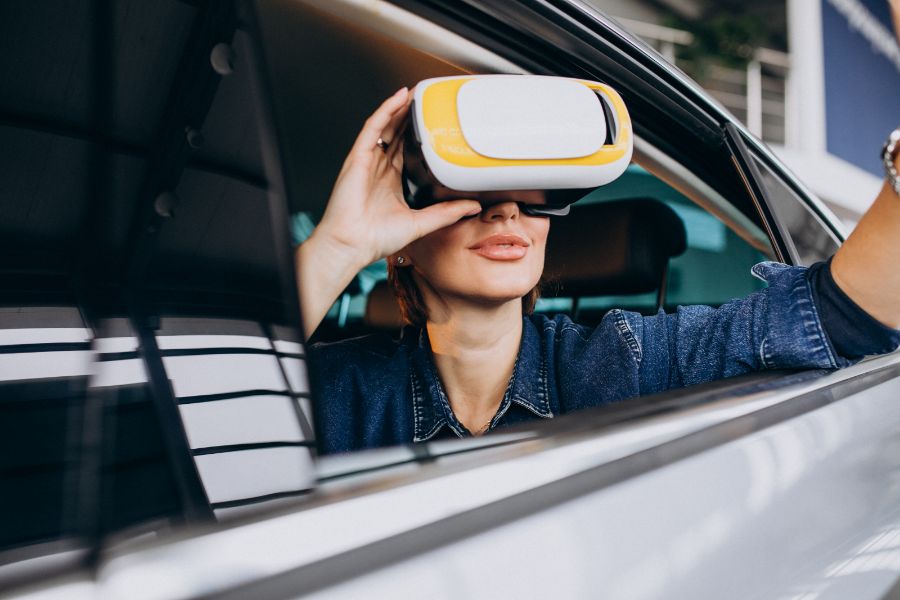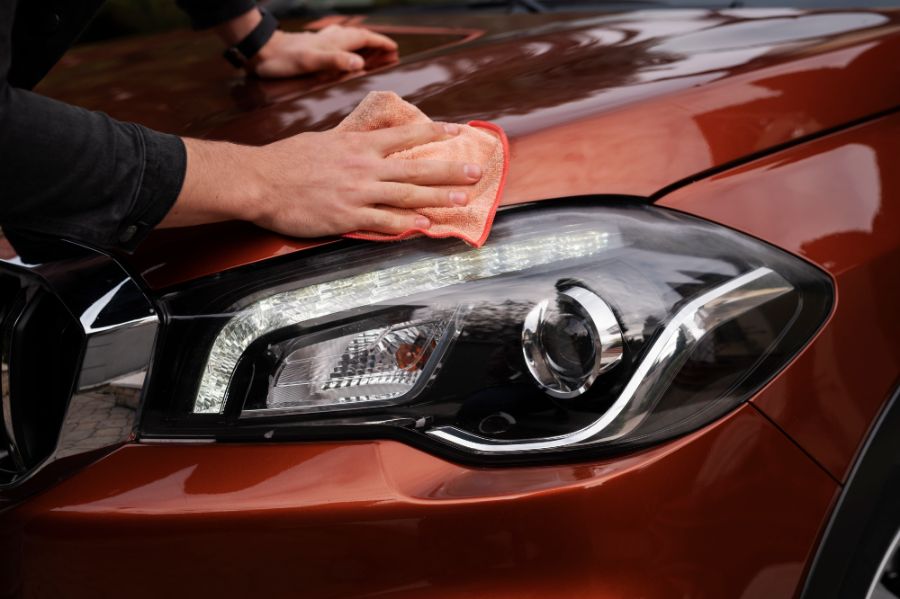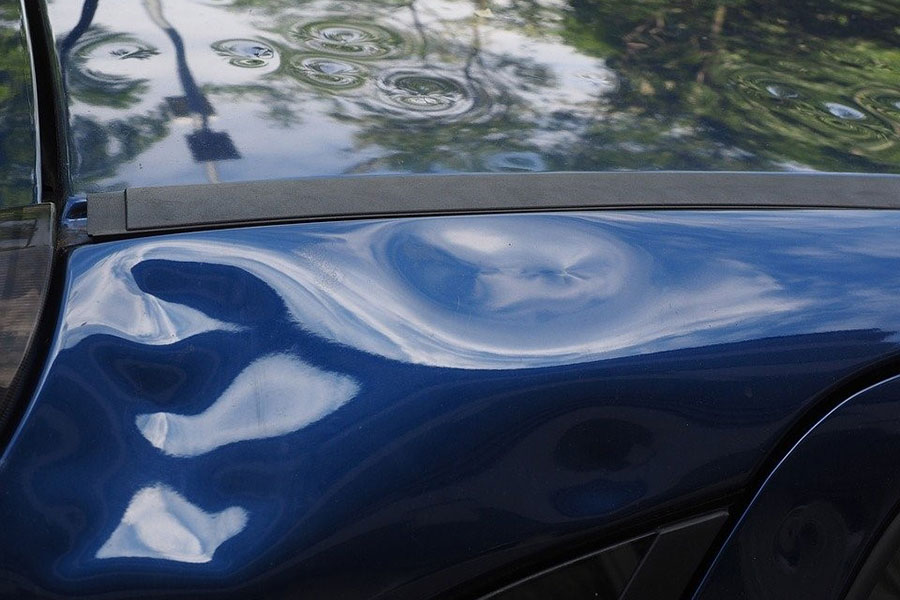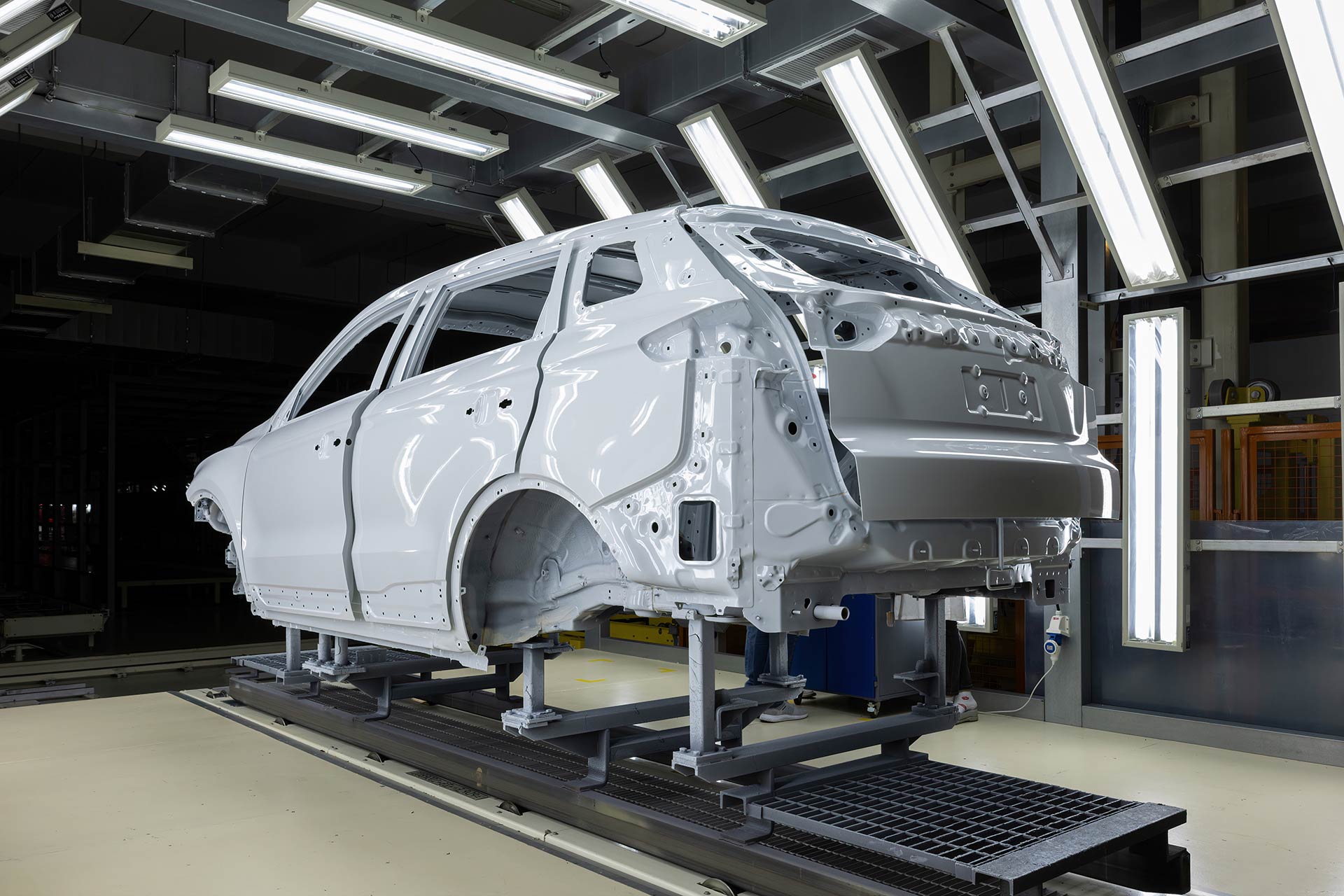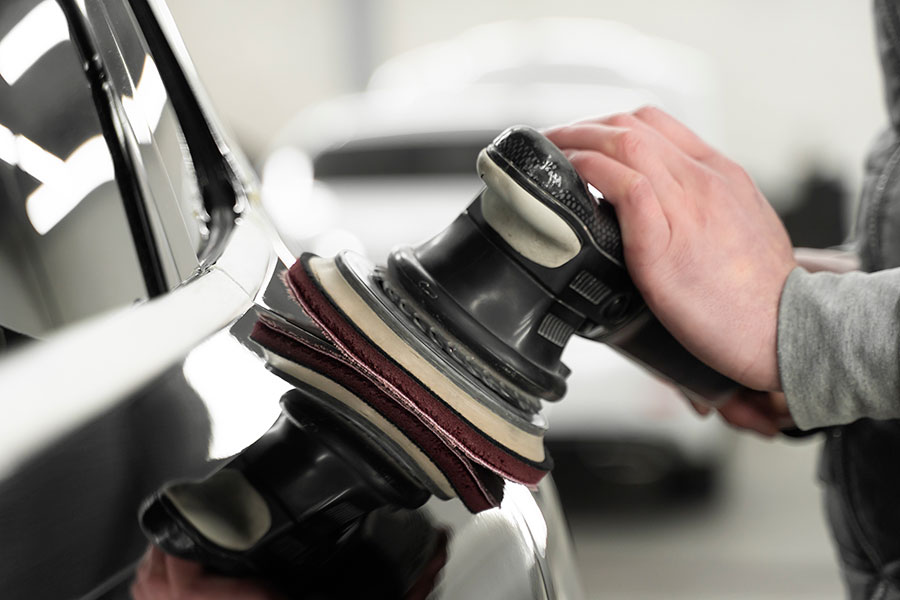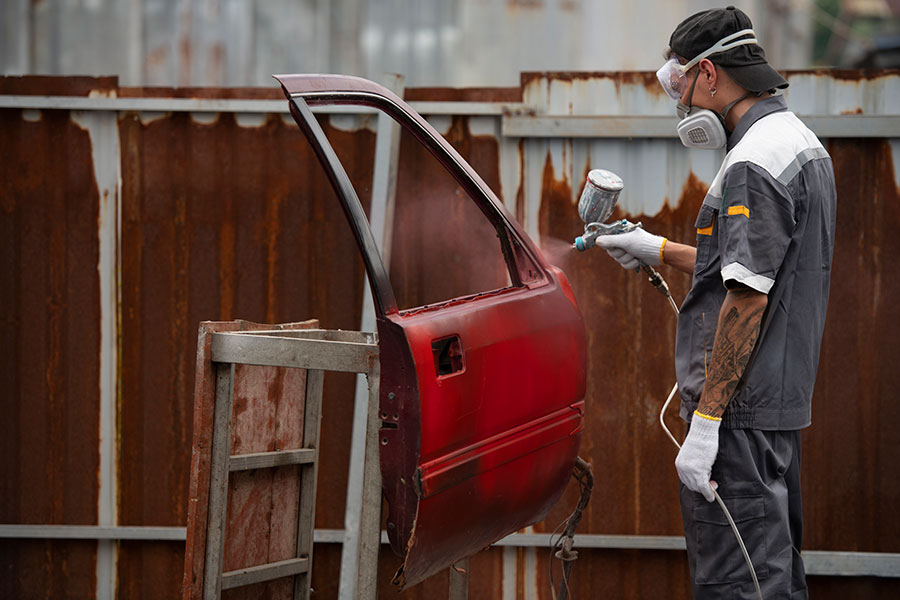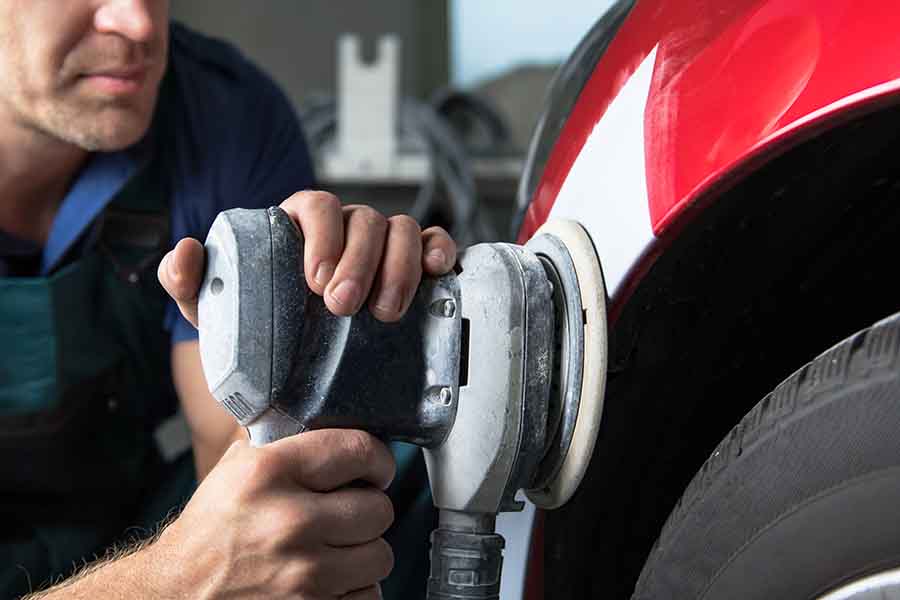Virtual reality in auto repair is revolutionizing how we fix cars, making complex tasks more straightforward and training mechanics like never before. Gone are the days of solely relying on hefty manuals or traditional apprenticeships to understand the intricacies of automotive repair. Now, with a VR headset, technicians can dive into a car's engine virtually, learning and practicing repairs without the risk of real-world mistakes. This tech isn't just a fad; it's setting new standards in efficiency and accuracy, offering a glimpse into a future where mechanics troubleshoot and resolve issues faster than ever. As we peel back the layers of this innovative tool, it's clear that virtual reality is driving auto repair into a new era of precision and expertise.
VR revolution in auto repair
Training Evolution
The shift to virtual reality (VR) is reshaping how mechanics learn their craft. Traditionally, trainees would spend hours under the hood, learning through trial and error. Now, VR platforms allow them to immerse themselves in a digital garage. They can dismantle engines or explore complex systems without touching a real car. This method not only saves materials but also allows for repeated practice without additional costs.
Mechanics can now experience a variety of car problems in a controlled environment. They learn faster and make mistakes without real-world consequences. This hands-on approach, without the hands, is revolutionizing auto repair education.
Resource Reduction
VR significantly cuts down on the physical resources typically needed for auto repair training and simulations. Traditional methods require a range of vehicles and parts for learners to practice on, which can be costly and space-consuming. With VR, all that is needed is a headset and software. Trainees can work on different vehicle models and systems without needing actual cars or parts.
This reduction in resource needs not only lowers training costs but also lessens the environmental impact. Less waste is produced since fewer physical materials are used. It's a win-win for both the industry and the planet.
Diagnostic Precision
One of the most groundbreaking impacts of VR in auto repair is its enhancement of diagnostic accuracy. Mechanics can use VR to simulate vehicle issues and diagnose problems in a detailed, immersive environment. This ability to virtually inspect and interact with every part of a vehicle allows for more precise diagnostics.
Technicians can identify issues more quickly and accurately than ever before. This efficiency reduces the time cars spend in the shop and increases customer satisfaction. The precision offered by VR ensures that repairs are done right the first time, minimizing costly return visits.
Time Efficiency
VR technology also boosts time efficiency in auto repair shops. Mechanics can swiftly learn about new vehicle technologies or rare issues without waiting for a specific model to come into the shop. They can practice complex repairs in VR before performing them on an actual vehicle, reducing the risk of errors and speeding up the repair process.
The ability to conduct diagnostics and practice repairs virtually means less downtime for vehicles. Shops can serve more customers with higher quality service, improving their reputation and bottom line.
Training next-gen technicians
Immersive Learning
Virtual reality (VR) turns traditional learning on its head. It offers immersive, hands-on experiences without the dangers of real-world practice. Technicians can work on virtual engines and systems, making mistakes and learning from them safely.
They can repeat tasks until they master them. This method improves their confidence and skills. VR also makes it easier to visualize complex car components. Technicians can see how parts fit together and function in a way books cannot show.
Complex Simulations
One major advantage of VR is its ability to mimic rare or complex vehicle issues. This prepares technicians for almost anything. They can experience how to handle high-pressure situations without the risk.
Simulating these scenarios helps build critical thinking. Technicians learn to diagnose and fix problems quickly. This skill is invaluable in the fast-paced auto repair industry.
Scalable Training
As cars get more advanced, so must our training methods. VR allows for easy updates to match new automotive technologies. This scalability ensures that technicians keep up with the latest advancements.
Training programs can add new modules as needed. This keeps the curriculum fresh and relevant. It also means that no matter when a technician trains, they learn the most current information.
Enhancing tool efficiency
VR Training
Virtual reality (VR) revolutionizes how technicians learn to use new and specialized tools. By immersing them in a digital environment, VR allows for hands-on practice without the need for physical tools. This method not only saves costs but also accelerates the learning process.
Technicians can explore a wide range of equipment through VR simulations. They gain confidence and competence in using these tools before touching the real ones. This approach minimizes errors and enhances efficiency when they finally use actual tools on vehicles.
Reduced Wear
One significant advantage of using VR in auto repair training is the reduction of wear and tear on expensive equipment. Traditional training methods require repeated use of actual tools, leading to premature wear. However, with VR, trainees can perform countless practice sessions without affecting the physical state of these tools.
This aspect of VR training ensures that tools maintain their optimal condition longer. It also reduces the frequency and cost of replacing or repairing equipment, making auto repair shops more economically efficient.
Skill Enhancement
VR simulations are designed to mimic real-life scenarios with remarkable accuracy. Through these simulations, technicians can improve their tool handling skills and precision. Real-time feedback provided by the software helps them correct mistakes instantly and learn the correct techniques faster.
Examples of VR's impact include better accuracy in diagnosing vehicle issues and more precise repairs. Technicians trained with VR have shown improved performance in tasks requiring meticulous attention to detail, such as engine assembly and paintwork.
Advancing technician expertise
Customized Learning
Virtual reality (VR) transforms auto repair training by customizing learning experiences. Technicians can adjust VR modules to match their pace and style. This flexibility helps them grasp complex concepts more effectively.
They learn faster because the training fits how they absorb information best. Some may prefer more visual guides, while others benefit from hands-on practice. VR caters to all, making technical education more accessible.
Real-Time Feedback
In a VR setup, technicians receive immediate feedback on their actions. This feature is crucial for honing diagnostic and repair skills. They can see the consequences of their decisions instantly, which reinforces learning.
This feedback loop accelerates skill development. Technicians can try different approaches without the fear of real-world repercussions. It's like having a mentor who guides them through each step, ensuring they learn the right techniques.
Updated Content
The automotive industry evolves rapidly, with new technologies emerging regularly. VR training content keeps pace with these changes. This ensures technicians are always up-to-date with the latest in auto repair technology.
Manufacturers and training providers continuously update VR modules. They include the newest vehicle models and repair techniques. This constant renewal makes VR an invaluable tool for staying ahead in the auto repair field.
Uniform training worldwide
Global Access
Technicians everywhere can tap into virtual reality (VR) training. This tech makes learning new repair methods easy. They don't need to travel far. VR brings the latest auto repair techniques right to their workshop.
With a VR headset, they join classes from anywhere in the world. This means everyone gets the same high-quality education. It's like being in the best training centers without leaving home.
Consistent Quality
VR ensures all technicians follow the same standards. This is crucial for safe and reliable car repairs. When everyone learns the same way, cars get fixed correctly no matter where they are.
This uniform approach reduces mistakes. It also boosts customers' trust in auto repair services globally. Everyone benefits from this consistency.
Safety Standards
Safety is key in auto repair. VR training emphasizes safe work practices. Technicians practice in a risk-free environment before touching real cars.
They learn to handle dangerous situations safely. This protects them and car owners. High safety standards become common everywhere.
Immediate Updates
Car technology changes fast. VR makes keeping up easy. When new repair methods emerge, VR courses can update quickly.
Technicians get the latest information instantly. They stay ahead in their field. Cars get repaired using the newest, most efficient techniques.
Cost Efficiency
VR cuts down on travel and physical materials for training. This saves money for both trainers and technicians.
It's an economical way to keep skills sharp. Training budgets go further, reaching more people around the world.
Ensuring data security
Secure Connections
VR platforms in auto repair training must prioritize data security to protect sensitive information. With the rise of remote VR training sessions, secure and encrypted connections become critical.
They ensure that data transmitted between users and trainers is safe from unauthorized access. Encryption acts like a lock, with only the sender and receiver holding the key. This way, personal details and proprietary repair techniques remain confidential.
Data Anonymization
Another layer of security involves data anonymization. This process removes personally identifiable information from the data sets used in VR environments.
By doing so, even if data breaches occur, the information cannot be traced back to an individual or a specific repair job. Anonymization helps in maintaining privacy while allowing trainees to engage in realistic scenarios without risking actual client data.
Access Controls
Implementing strict access controls is essential for safeguarding user data within VR platforms. Only authorized users should have access to specific training modules and sensitive information.
Access levels can be defined based on the user's role, ensuring that trainees, instructors, and administrators only see what they need to. This minimizes the risk of accidental or malicious data exposure.
Expanding VR training options
Training Modules
The variety of VR training modules has grown significantly. They now cover everything from basic vehicle maintenance like oil changes and tire rotations to more complex diagnostics and repairs. This broad spectrum ensures that technicians of all skill levels can find useful, immersive learning experiences.
Technicians can start with simpler tasks to build their foundational knowledge. Then, they move on to tackle the intricacies of modern automotive systems. This step-by-step approach in VR environments not only boosts confidence but also enhances skill retention.
Manufacturer Partnerships
Partnerships between VR developers and automotive manufacturers have been crucial. They work together to create highly accurate, brand-specific training programs. These collaborations ensure that the virtual training reflects the latest vehicle models and technologies.
Such partnerships have led to the development of customized modules. For example, a technician working at a dealership for a specific brand can receive training tailored to the exact models and systems they'll encounter on the job. This specificity greatly improves the effectiveness of the training.
Evolving Content
As vehicles evolve, so does VR training content. The latest modules now include electric and autonomous vehicle technologies. This is critical as these innovations become more common on our roads.
Training on electric vehicles focuses on their unique components, such as battery systems and electric drivetrains. Autonomous vehicle training covers sensor technology, software algorithms, and system diagnostics. This forward-looking approach ensures technicians are prepared for the future of auto repair.
Accessible training anywhere
VR Portability
VR technology's portability transforms how and where auto repair training can happen. Technicians no longer need to be in a physical garage or classroom to learn. They can strap on a VR headset and immerse themselves in training modules, whether they're in a bustling city center or a remote village. This flexibility ensures that high-quality training is not just limited to well-funded urban centers but is also accessible in areas where traditional resources are scarce.
The lightweight design of most VR equipment means it can easily travel, making it possible for educators to set up training sessions almost anywhere. This mobility breaks down geographical barriers to education, opening up opportunities for aspiring mechanics in far-flung regions.
Cost Efficiency
One of the most significant hurdles in auto repair training has been the cost associated with acquiring vehicles and parts for educational purposes. With VR, this barrier is drastically reduced. Trainees can practice repairs on a variety of virtual cars without the need for physical models. This not only cuts down on expenses but also reduces the space needed for training.
By eliminating the need for actual automotive parts, institutions can allocate their resources more effectively. They can invest in quality trainers and up-to-date VR content instead of spending heavily on maintaining a fleet of cars for educational use.
Cloud-Based Learning
Cloud technology complements VR by providing easy access to up-to-date training materials from anywhere in the world. Educators can update course content as new information becomes available, ensuring that students are learning the latest techniques and using the newest tools.
This ease of access to new materials means that trainees can stay ahead of industry trends without waiting for updated textbooks or infrequent workshops. They can practice on virtual models of the latest car models, understanding their intricacies and learning repair methods as soon as they hit the market.
Summary
Virtual reality (VR) is transforming auto repair, making training and tool efficiency better than ever. You've seen how VR prepares technicians for the future, improves their skills, and makes training accessible no matter where you are. It's also keeping your data safe while expanding your options for learning. This isn't just about fixing cars faster; it's about shaping a new era of auto repair that's smarter, more efficient, and inclusive.
What's your move? Dive into VR in auto repair now and drive into the future equipped with the best tools and knowledge. It's time to gear up, get ahead, and make your mark in this revolutionary shift. Don't just watch the transformation—be a part of it. Start exploring VR training options today and turbocharge your or your team's skills.
Frequently Asked Questions
How is VR revolutionizing auto repair?
VR technology is transforming auto repair by providing immersive, hands-on training without the need for physical vehicles, allowing technicians to practice and master skills in a safe, controlled environment.
What benefits does VR offer for training next-gen auto technicians?
VR offers next-gen technicians realistic, interactive experiences that accelerate learning, improve skill retention, and prepare them for real-world challenges more effectively than traditional methods.
Can VR improve the efficiency of automotive tools?
Yes, VR can significantly enhance tool efficiency by simulating various scenarios for technicians to practice with, ensuring they can use tools precisely and effectively in any situation.
How does VR advance technician expertise?
By offering a wide range of simulated repair scenarios, VR helps technicians develop a deeper understanding of vehicle systems and troubleshooting techniques, advancing their expertise rapidly.
Is uniform training possible with VR in auto repair?
Absolutely. VR enables consistent, standardized training across different locations worldwide, ensuring all technicians receive the same high-quality education and skill development opportunities.
How does VR ensure data security in auto repair training?
VR platforms implement robust data encryption and secure user authentication methods to protect sensitive information and ensure that training programs remain confidential and safe from unauthorized access.
Are there expanding options for VR training in auto repair?
Yes, the range of VR training options is constantly expanding, with new modules covering emerging technologies and repair techniques being developed to keep pace with the evolving automotive industry.
Can VR provide accessible training anywhere for auto technicians?
VR makes training highly accessible by allowing technicians to engage in comprehensive learning sessions from anywhere, eliminating geographical barriers and reducing the need for travel to training centers.
